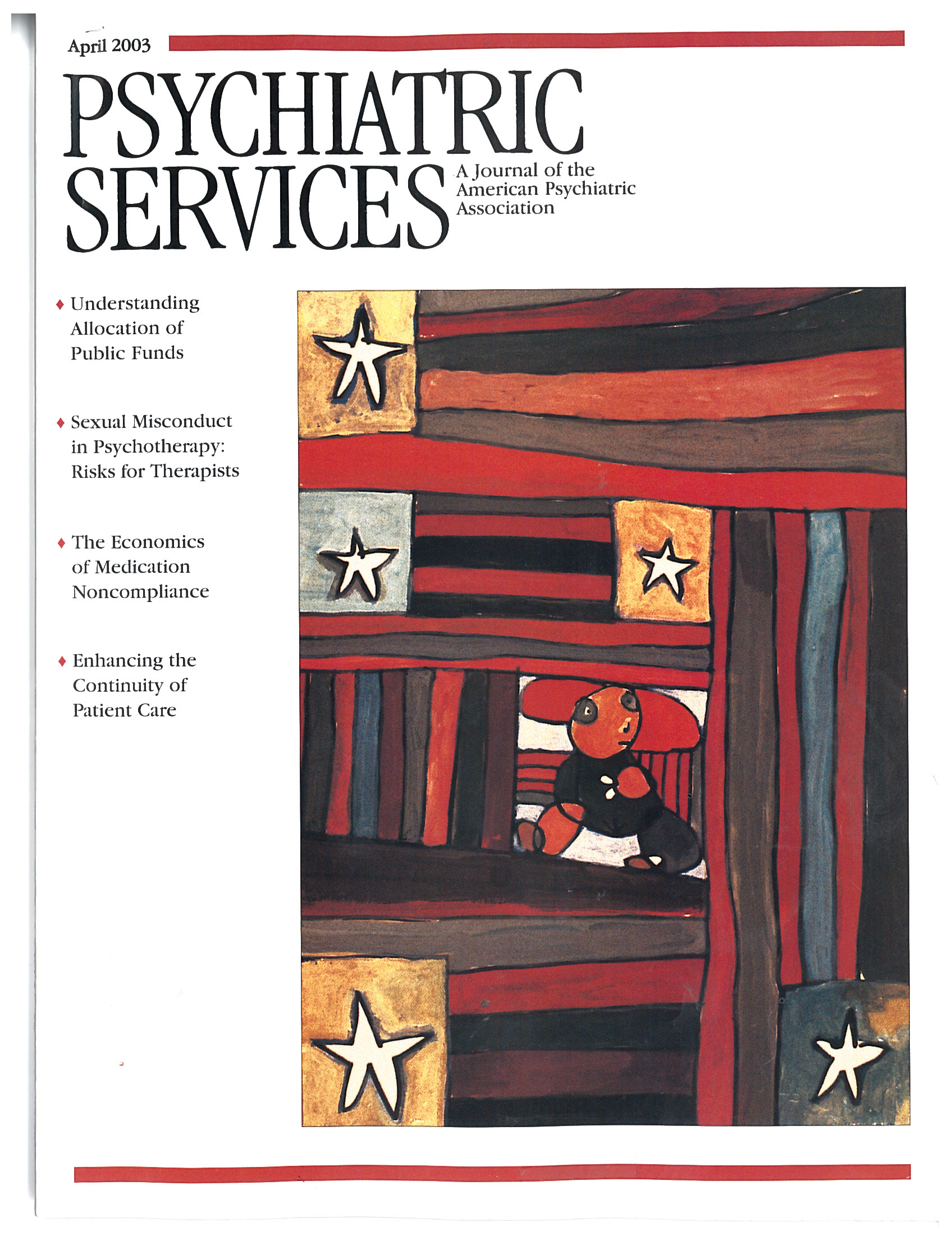Characteristics of Subgroups of Individuals With Psychotic Illness and a Comorbid Substance Use Disorder
Abstract
OBJECTIVES: The co-occurrence of severe mental illness and substance use disorder, or dual diagnosis, is prevalent and is associated with significant clinical and social problems. Most studies have treated persons with a dual diagnosis as a homogeneous population, grouping together different substances of misuse. This study investigated whether subgroups defined by their main substances of misuse were heterogeneous. The primary hypothesis was that users of stimulants, such as cocaine or amphetamines, would be characterized by especially high rates of inpatient admission, violence, and self-harm. METHODS: Case managers' ratings were used to identify individuals with serious mental illness and comorbid substance abuse or dependence who were being treated by 13 community mental health teams in South London. Standardized instruments were used to elicit sociodemographic, clinical, social, and service use data. RESULTS: A total of 233 cases of comorbid substance use disorder and psychotic illness were identified. On the basis of best available information, 78 (34 percent) patients were classified as alcohol misusers only, 52 (22 percent) as alcohol and cannabis users, 29 (12 percent) as users of cannabis only, and 55 (24 percent) as stimulant users; 19 patients (8 percent) were excluded from the analysis. No significant differences were found between subgroups in the use of inpatient services and lifetime history of self-harm, but there was a significant difference in lifetime history of violence, which was more frequent among stimulant users. The alcohol users were older and more likely to be white, but otherwise few differences between subgroups were suggested by exploratory analyses. CONCLUSIONS: Apart from differences in history of violence, little heterogeneity was found among subgroups of patients with different types of substance misuse.



